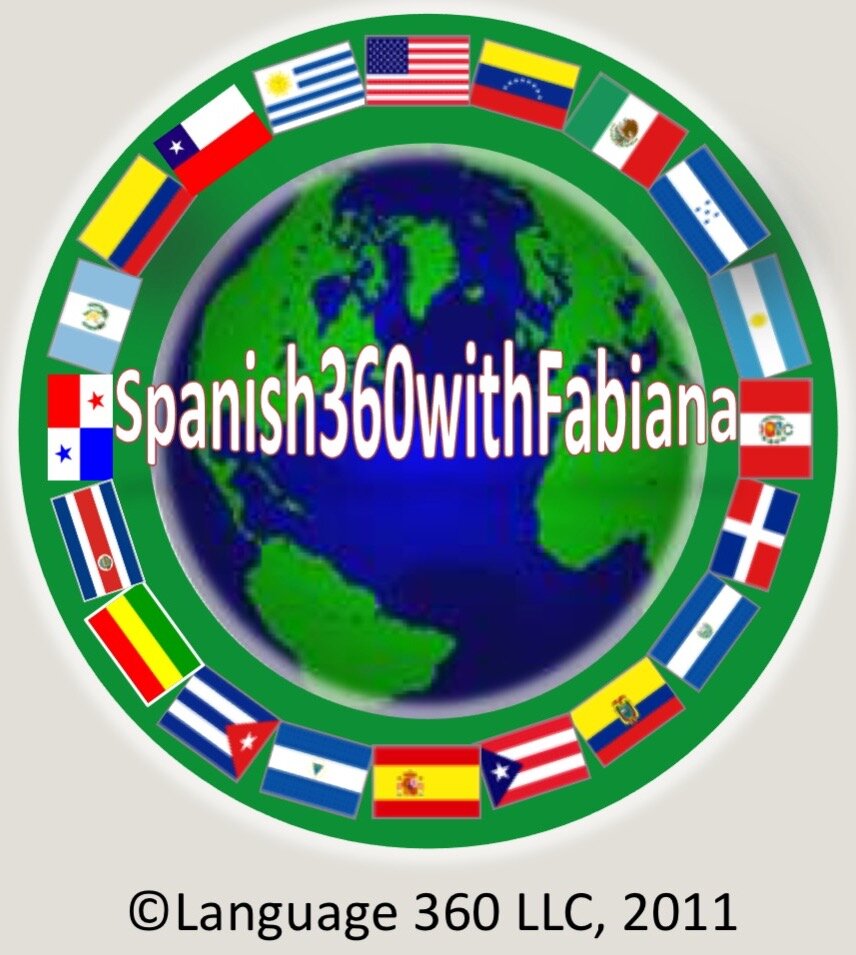Spanish is more widely spoken in Latin America than in Spain
Although Spanish originated in Spain as a descendant of Latin, today it has far more speakers in Latin America, having been brought to Latin American by Spanish colonialization during the 15 and 16th centuries. Of all of the countries with a majority of Spanish speakers, only Spain and Equatorial Guinea are outside the Americas.
Distribution of Spanish Language in Latin America
In Latin America, Mexico has the most native speakers of any country. Nationally, Spanish is the official language of Argentina, Bolivia, Chile, Colombia, Costa Rica, Cuba, Dominican Republic, El Salvador, Guatemala, Honduras, Mexico, Nicaragua, Panama, Paraguay, Ecuador and Peru and Venezuela. Spanish is also the official language (co-official with English) in Puerto Rico.
Spanish has no official recognition in the former British colony of Belize; however, per the 2000 census, it is spoken by 43% of the population. Mainly, it is spoken by the descendants of Hispanics who have been in the region since the 17th century; however, English is the official language.
Spain colonized Trinidad and Tobago first in 1498, introducing the Spanish language to the Caribbean people. Because of Trinidad's location on the South American coast, the country is greatly influenced by its Spanish-speaking neighbors.
Although Portuguese is the official language in Brazil, Spanish is important in this country because of its proximity to and increased trade with its Spanish-speaking neighbors. In 2005, the National Congress of Brazil approved a bill, signed into law by the President, making Spanish language teaching mandatory in both public and private secondary schools in Brazil.
Although there are minor differences in vocabulary, grammar and pronunciation between the Spanish of Spain and the Spanish of Latin America, the differences are not so great as to prevent easy communication. In Spanish 360 with Fabiana, we learn about all of the nuances of the Spanish language spoken around the world. So, join us to continue appreciating this rich language!
